[MACRO Trends] Global financial market turmoil: the changing dynamics of U.S. Treasuries and safe-haven assets
- 2025年4月27日
- Posted by: Macro Global Markets
- Category: News
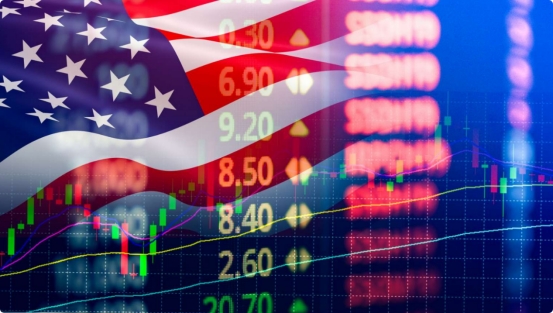
Recently, global financial markets have been caught in turmoil, with the U.S. Treasury market being the hardest hit. The performance of safe-haven assets has also attracted attention.
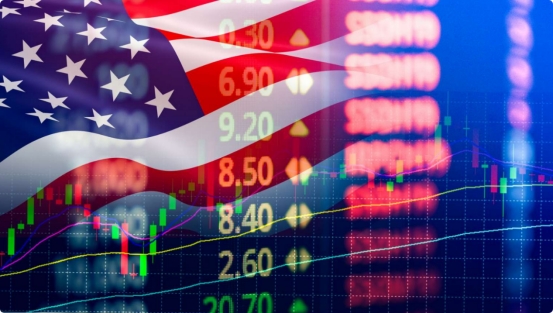
Trouble in the U.S. Treasury Market
The U.S. Treasury pick market showed an "extremely bearish" tilt, with the cost of put protection soaring to a new high since the 2021 flash crash. An auction of U.S. two-year Treasury bonds was met with a cold reception, with foreign buyer interest plunging to the lowest since March 2023. The unease stems from multiple factors, including Trump's aggressive trade policies and his pressure on Federal Reserve Chairman Jerome Powell to cut interest rates, which could have an impact on the economy and markets.
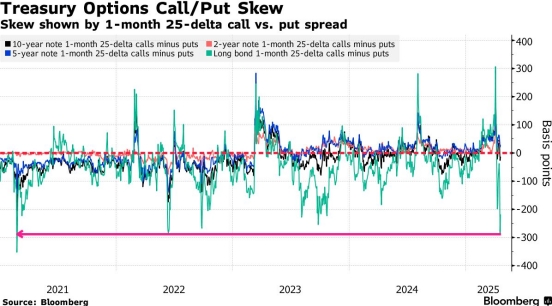
Safe-haven assets and market risks
Under normal circumstances, uncertainty would prompt investors to flee to safe-haven assets, but now even some safe havens are no longer reliable. U.S. Treasuries have become a political negotiating tool in the Trump administration's trade war, causing many governments to sell off U.S. Treasury bonds and causing Treasury yields to rise rather than fall. At the same time, the US dollar continued to fall due to political and policy instability. Against this backdrop, gold has become investors' preferred safe-haven asset, with its price soaring this year. However, gold may also be at risk of losing its shine. The dollar and U.S. Treasury yields are usually closely correlated. Now that the dollar is weak, U.S. Treasury yields are rising. This disconnect is highly worrying, not only increasing the risk of further declines in the stock market, but also bringing unpredictable tail risks. When market sentiment is tense and fear dominates, traditional market relationships tend to solidify. Therefore, analysts believe that U.S. Treasuries and gold may see a pullback.
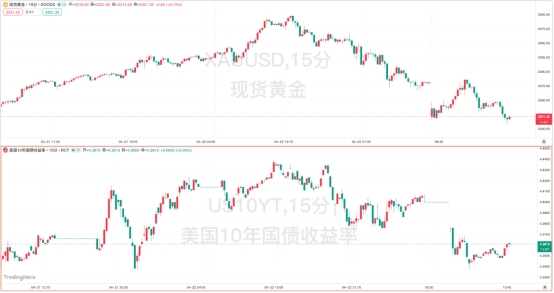
Yen carry trade has become one of the major risks faced by investors. In July 2024, the Bank of Japan raised interest rates for the second time and hinted at further rate hikes, while announcing a reduction in its planned monthly purchases of Japanese government bonds, a move that triggered a sharp rise in the yen. Traders who borrow cheap yen when the dollar is strong and use the money to buy other assets are under pressure. After the Bank of Japan's rate hikes caused the yen to appreciate, these traders' positions suffered losses and they were forced to unwind yen carry trades and had to sell stocks to close their positions, which was the reason for the pullback in the yen-driven sell-off in U.S. stocks last summer. Today, the USD/JPY exchange rate is hovering around 140, which is not only an important psychological level, but may also trigger a wave of traders closing their yen positions, further accelerating the downward trend of global stock markets.
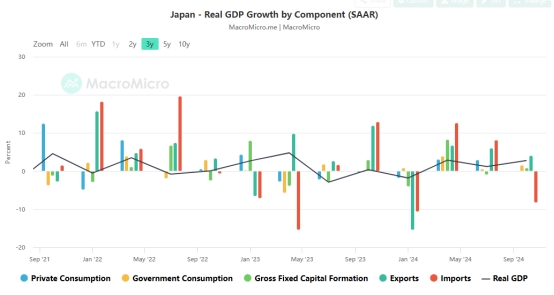
As financial markets become volatile, the Fed may take action to support economic growth and keep financial liquidity flowing. As the Fed's pace of quantitative tightening slows, if the U.S. Treasury market remains unstable, it is reasonable to assume that the Fed may shift to quantitative easing. In this scenario, stock and gold prices would fall, while U.S. Treasuries - especially long-term ones - would once again become one of the market's important safety valves. In short, the current global financial market is facing many challenges and uncertainties. Investors need to pay close attention to the performance of various assets and policy changes in order to make reasonable investment decisions.
